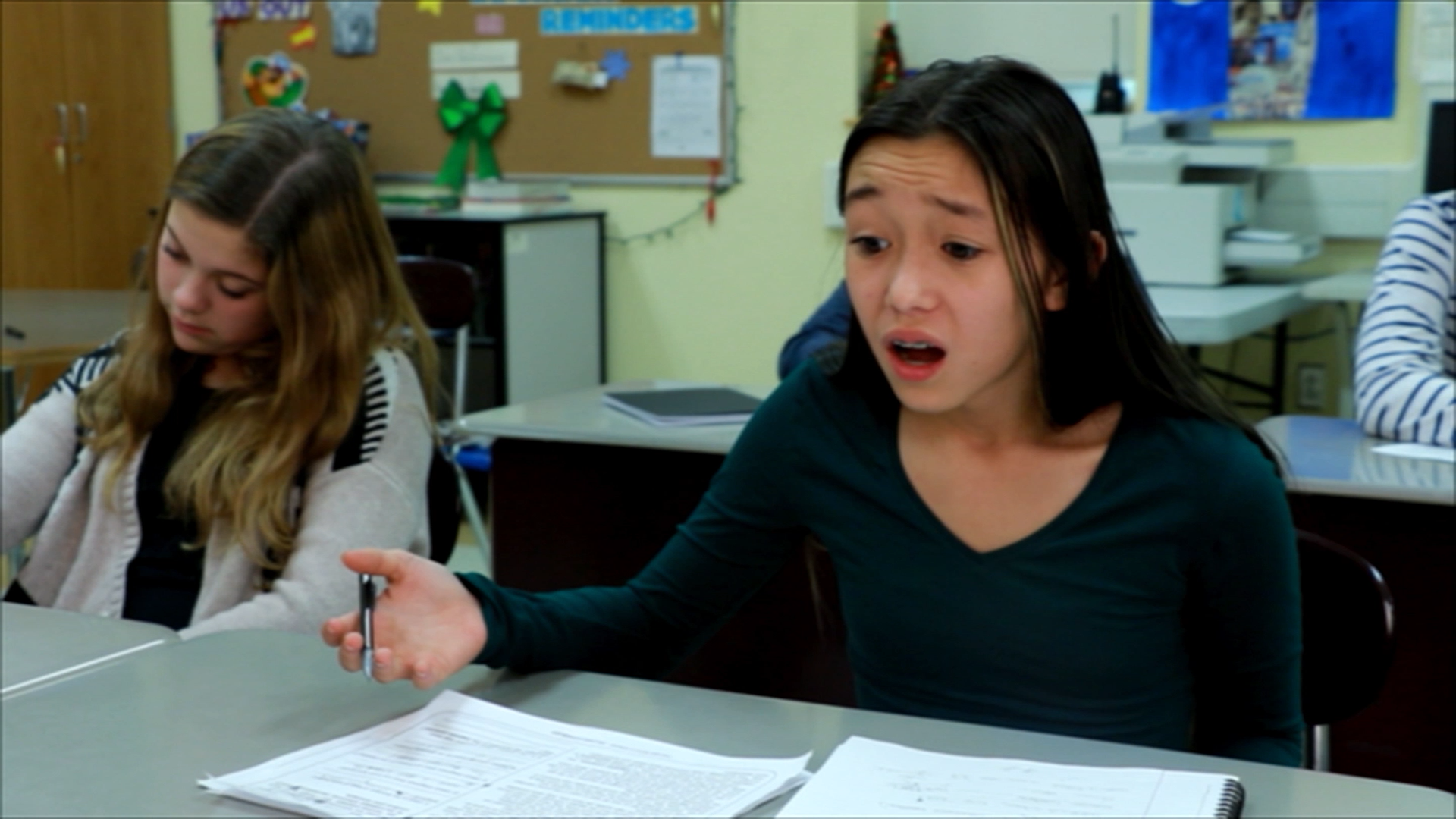
Welcome to Solve It, a game where we solve problems by going through them step by step. At each step, we’ll talk about the problem, and how we can solve it. The steps we’ll go through are: Identify the problem – what’s wrong? Figure out how big the problem is. Think of possible solutions to the problem. Pick a solution. Try that solution and then reassess it. How did it work? If our solution works, our problem is solved! If our solution doesn’t work, we can try again. Problem solving is a process. We won’t always go straight to the solution. This video is all about problems we might have in our day to day lives. Whenever we see this icon in the corner, we can stop and talk about how everyone is feeling. Let’s get started!
Introduction
Social-Emotional Learning (SEL) is a crucial aspect of education that helps students develop essential life skills, such as problem-solving, empathy, and effective communication. In this blog post, we introduce an engaging activity called “Solve It,” designed to help middle school students improve their problem-solving abilities. This game encourages students to think critically, collaborate with their peers, and reflect on their emotions while navigating everyday challenges.
No-Prep Activity
Here’s a simple, no-prep activity you can use in your classroom to help students practice problem-solving skills:
- Divide the class into small groups of 3-4 students.
- Present a common, age-appropriate problem to the class. For example: “Your group has a big project due next week, but one of your teammates is not contributing. How will you handle this situation?”
- Give each group a few minutes to discuss the problem and come up with a step-by-step solution using the Solve It process.
- Have each group present their solution to the class, explaining their reasoning for each step.
- Encourage the class to provide feedback and alternative solutions to the presented problem.
This activity not only helps students practice problem-solving skills but also promotes teamwork, communication, and critical thinking.
Discussion Questions
Use these questions to encourage further discussion and reflection on problem-solving skills:
- Why is it important to identify the problem before trying to solve it?
- How can understanding the size of a problem help you find the best solution?
- Why is it important to consider multiple solutions before choosing one?
- How can working with others help improve your problem-solving abilities?
- What is an example of a problem you faced recently, and how did you solve it using the Solve It process?
Related Skills
Problem-solving is just one of the many skills that students can develop through Social-Emotional Learning. Other related skills include:
- Empathy: Understanding and sharing the feelings of others.
- Active listening: Paying full attention to the speaker, understanding their message, and responding thoughtfully.
- Conflict resolution: Addressing disagreements and finding solutions that satisfy all parties involved.
- Resilience: Bouncing back from setbacks and adversity.
Next Steps
If you’re interested in exploring more activities and resources to help your students develop valuable Social-Emotional Learning skills, consider signing up for free sample materials at Everyday Speech. These resources can provide you with additional tools to support your students’ growth and success in and outside the classroom.

